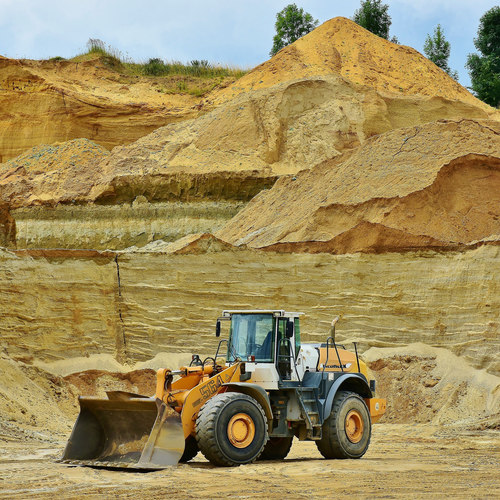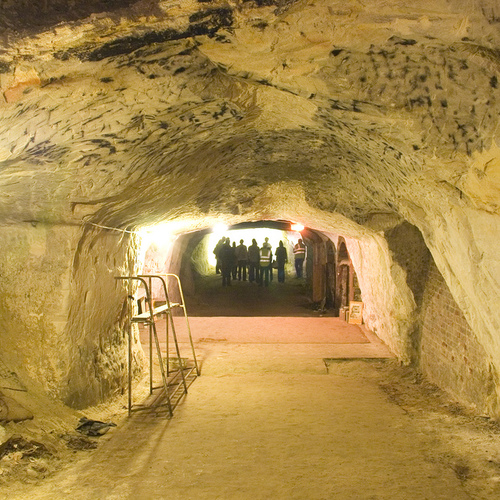
Image Credit: Mubarak Fahad via Flickr
Researchers in the U.K. claim to have found a way to use desert sand in a composite construction material that’s just as strong as concrete but has only half of its carbon footprint.
Four post-graduate students from Imperial College London developed a material they’re calling Finite that could help address a global shortage of construction-grade sand used as fine aggregate in concrete, the publication Dezeen reported.
Billions of cubic yards of concrete are produced each year. In addition to straining supplies of construction-grade sand, concrete also requires a lot of cement, which is used as the binder. The production of cement is responsible for an estimated 5% of global carbon dioxide emissions.
There’s plenty of desert sand available, but because it has been smoothed so effectively by the wind it hasn’t been considered useful for construction. The rapid depletion of high-quality sand is also likely to affect glassmakers, according to a symposium last fall, so a building material made from an abundant type of sand could prove to be a big deal.
“Sand is the most consumed resource on earth after fresh water,” the Dutch design studio Atelier NL told Dezeen last year. “Yet sand is being excavated at a rate faster than it can renew itself.”
Finite’s binders are unknown
The researchers didn’t say much about what goes into Finite, other than desert sand. Dezeen reported the binders used in the new material were a “guarded secret.” Matteo Maccario, one of the four students who developed Finite, said the team’s “worst-case estimate” is the blend would have less than half the C02 footprint of concrete.
The inventors said Finite is non-toxic and can be left to decompose, or reused in a new product.
“We could use the material to make pavilions, then after three months when the event ends it can be deconstructed safely,” said Carolyn Tam, one of the four developers.
There’s no word from the developers on when, or whether, Finite might be produced commercially or whether it has been used even experimentally in a structural application. So far, the startup has a website and some intriguing ideas.
“It will take more than just our project or one material, but we’re really looking forward to is a future where the built environment isn’t this thing where you keep it there forever or landfill it or down-cycle it, but something that uses nature and is continuously reusable,” Maccario told Dezeen. “As soon as you have new materials you have new opportunities.”
Finite, of course, isn’t alone in looking for new production methods and materials that would lower the carbon impact of cement. Alex Wilson, for example, described one of them in an article about a company called Blue Planet posted at GBA in 2014 (see “Reinventing Concrete” in the Related Articles sidebar above.). Another effort was described in a post at Ensia in 2016.
Weekly Newsletter
Get building science and energy efficiency advice, plus special offers, in your inbox.















0 Comments
Log in or create an account to post a comment.
Sign up Log in